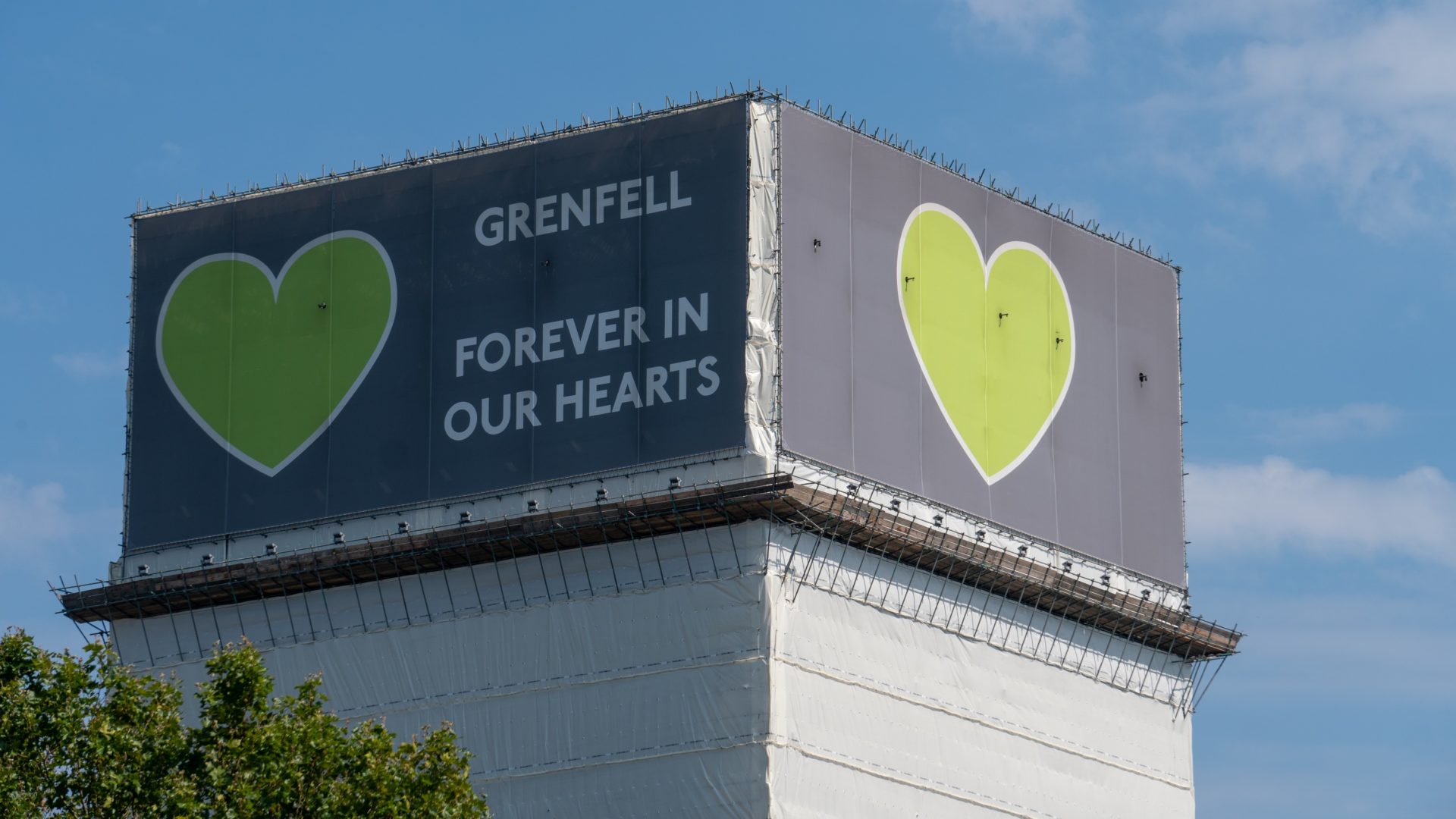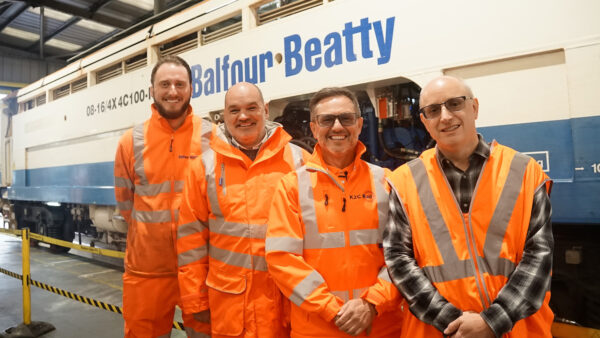
The contractor in charge of installing a cladding rig containing Celotex insulation that had been “over-engineered” to pass fire tests has claimed that the materials within it were “clear for anybody to see”.
Patrick Jones, who was a self-employed cladding installer working for Simco, built the test rigs used by Celotex to test its RS 5000 insulation, of the type used in the refurbishment of Grenfell Tower, for two BS 8414 tests at the BRE’s burn hall in February and May 2014.
After the rig failed its first test, Celotex added materials to improve the rig’s resistance to fire for the May test. The reconstructed rig employed a system that at certain levels (adjacent to the Lamatherm fire barrier and at the top of the rig) used an 8mm Marley Eternit cladding panel, immediately behind which was a 6mm magnesium oxide board. 12mm Marley Eternit cladding panels were used on the remainder of the rig.
However, former Celotex product manager Jonathan Roper last year told the Grenfell Tower Inquiry that the firm had been involved in a “dishonest” attempt to conceal the presence of the magnesium oxide board used in the test rig, which had been “over-engineered to achieve a pass”, when it came to marketing the product.
Last week, the former BRE manager who oversaw the BS 8414-1 test of Celotex RS 5000 denied knowing about the addition of the magnesium oxide board. Phil Clark denied that he had spoken to Roper about strengthening the fire barrier level with a two-panel solution and suggested Roper was lying.
Clark said he had “missed” the addition of the magnesium oxide board and that his absence from the office for two days during the rig’s construction could have accounted for why he was not aware of the board.
Earlier in yesterday’s hearing (2 March), Clark’s former colleague and current director of fire testing and certification at BRE Stephen Howard also said he was not aware of the inclusion of magnesium oxide board at the time of the test.
But when asked whether there was any reason that the BRE could not have identified changes in the design, including the 6mm magnesium oxide board, Jones said: “It was clear for anybody to see at any stage… Anyone with access into that fire hall, obviously BRE staff or invited participants, because sometimes the door was shut, it was clear at any stage for anyone to record anything. What they actually did see, I’ve got no idea, but there’s nothing hidden or – you know, it was clear for anyone to see at any point, so I should imagine that BRE would have seen it.”
The Inquiry continues.










